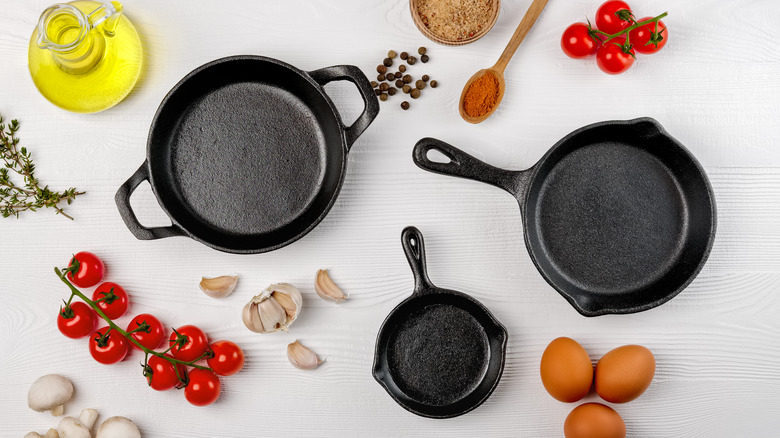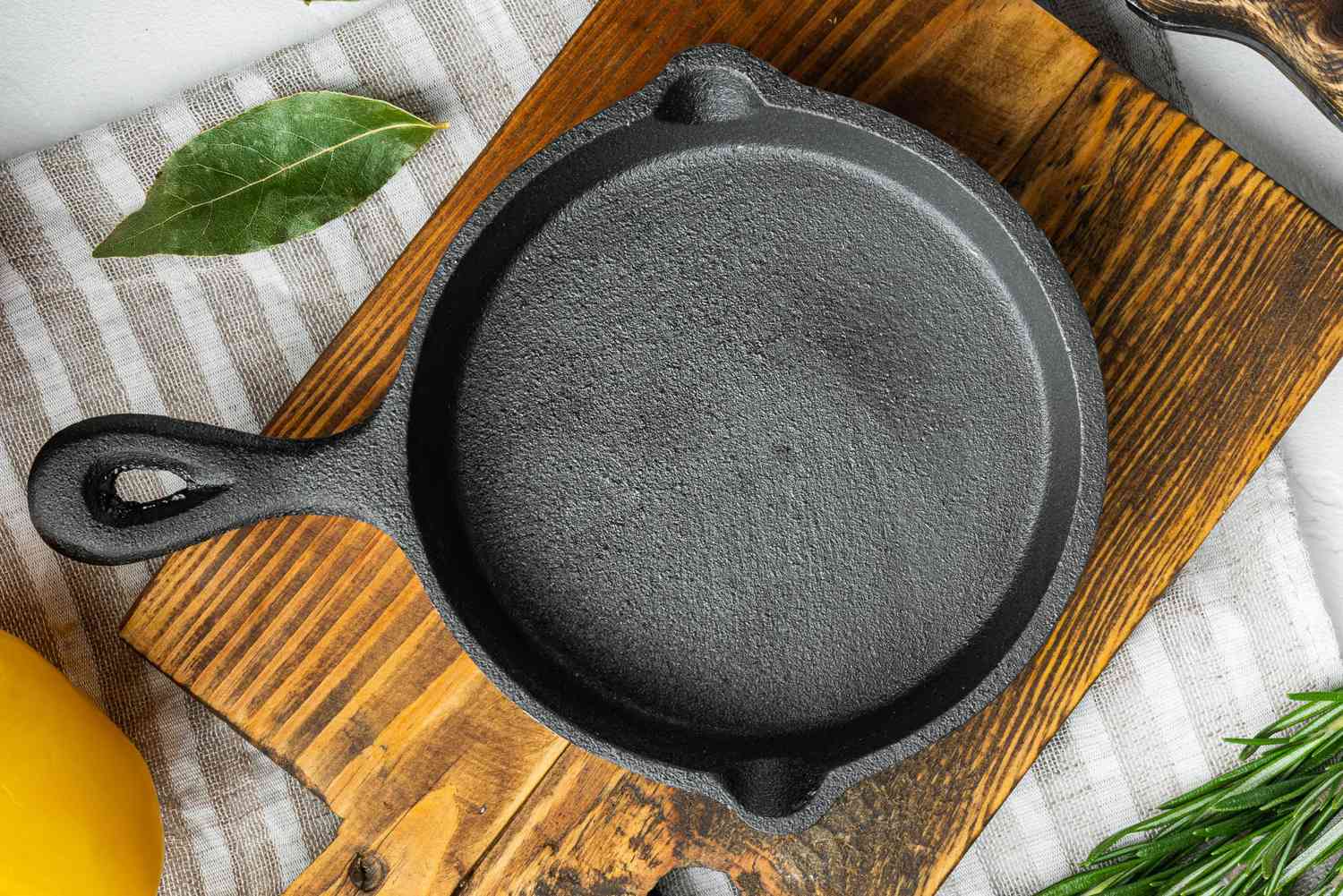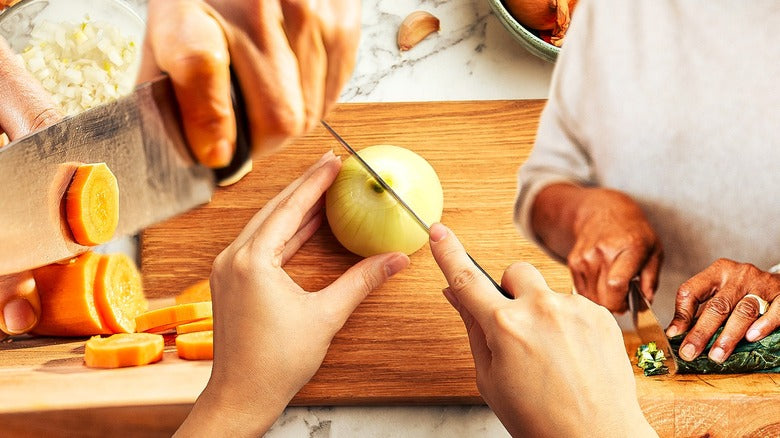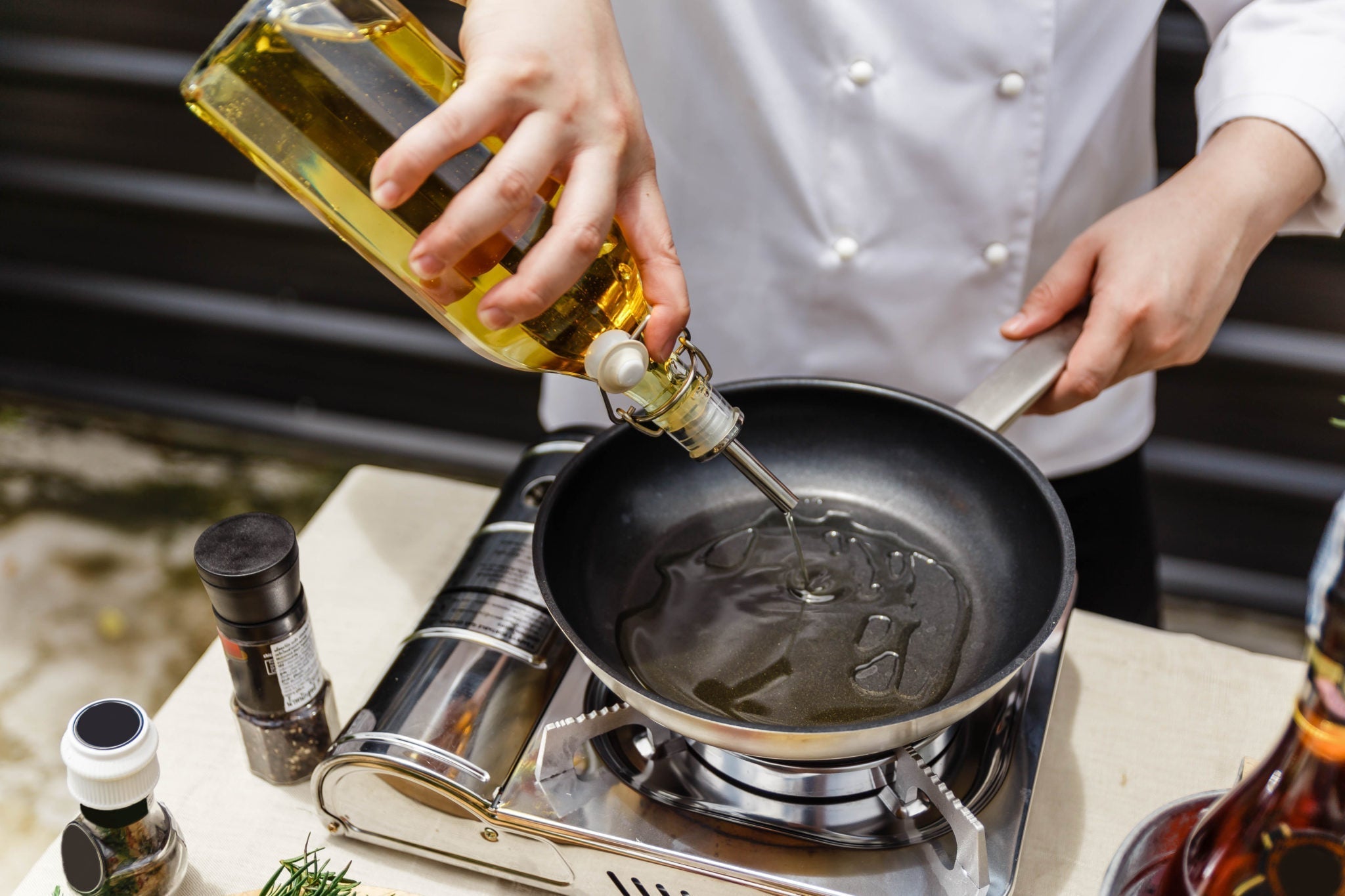Welcome kitchen professionals! If you've ever dealt with a rusty cast iron skillet, you know it can be a daunting task to return it to its former glory. In this article, we will delve into how to season a rusty cast iron skillet, ensuring that it not only looks magnificent but also functions as the ultimate cooking tool. So grab your scrubbers and oils, and get ready for a life-changing experience!
Many culinary experts believe that a well-seasoned cast iron skillet is an essential asset in every kitchen. It's not just about aesthetics; it's about flavor, performance, and durability. A seasoned skillet can enhance your cooking and deliver superior results, making it a must-have in your kitchen arsenal. Lets explore the steps in detail.

The Importance of Seasoning in Cast Iron Cookware
Before we jump into how to season a rusty cast iron skillet, lets first understand why seasoning is crucial. Seasoning provides a protective layer that prevents rust, enhances the non-stick surface, and adds flavor to your dishes. Without seasoning, your skillet may develop rust, become sticky, and even impart unpleasant flavors to your food.
Steps to Season Your Rusty Cast Iron Skillet
Step 1: Cleaning the Skillet
The first thing youll want to do is thoroughly clean your rusty skillet. Use a mixture of hot water and a metal scrubber to remove rust, debris, and old seasoning. Make sure to dry it completely afterward. A preferred link is clean and season your kitchen staple.
Step 2: Apply Oil
Once your skillet is clean, it's time to apply oil. Use a high-smoke-point oil such as grapeseed oil or vegetable oil. Simply pour a small amount on the skillet's surface and rub it in with a paper towel. It's important to create an even layer too much oil can create a sticky residue. For more tips on oil choices, check out oil benefits.
Step 3: Baking the Skillet
Preheat your oven to around 450-500F (232-260C). Place the skillet upside down on the top rack and let it bake for about one hour. This process polymerizes the oil, creating that much-needed seasoning layer.
Step 4: Repeat the Process
For best results, repeat Steps 2 and 3 two or three times. This will enhance the seasoning and ensure a beautiful non-stick surface. A well-seasoned skillet can last for generations, so it's well worth the effort!
Frequently Asked Questions
1. How often should I season my cast iron skillet?
Generally, it is recommended to season your skillet every few months, especially if you notice it becoming sticky or if food is sticking to it.
2. Can I use soap to clean my cast iron skillet?
While it's best to avoid soap, a little can be used if your skillet is heavily soiled. Just remember to re-season after cleaning.
3. How do I prevent rust on my skillet?
Always dry your skillet thoroughly after cleaning and apply a light coat of oil to protect it from moisture.
:max_bytes(150000):strip_icc()/how-to-make-your-favorite-cast-iron-skillet-last-forever-1022-2000-5edb8809448b46e2ac64ad7305aafb3a.jpg)
Final Thoughts
Knowing how to season a rusty cast iron skillet is crucial for any kitchen professional. With the right techniques, you can turn a rusty pan into a cooking powerhouse. So gather your tools, follow the steps above, and enjoy a lifetime of cooking with your cast iron skillet. For internal links, refer to cooking techniques, hot chocolate, and rust prevention. Happy cooking!
As an Amazon Associate, I earn from qualifying purchases.






Leave a comment
This site is protected by hCaptcha and the hCaptcha Privacy Policy and Terms of Service apply.